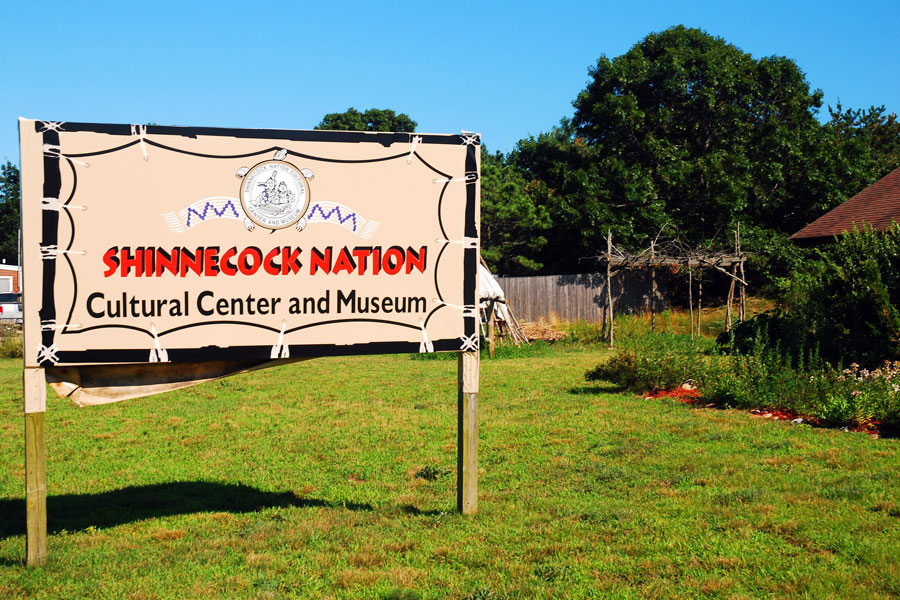Pre-Colonial & Native American History

Long before European settlers arrived in the 1600s, Long Island was home to thriving Native American communities. The island’s abundant resources, fertile soil, and coastal waters made it an ideal location for farming, fishing, and settlement. Today, the legacy of these Indigenous peoples – the Montaukett, Shinnecock, Matinecock, and Unkechaug tribes – remains an important part of Long Island’s cultural and historical identity.
Indigenous Tribes of Long Island
- Montaukett – The Montaukett people lived primarily on the eastern end of Long Island, near present-day Montauk. Known for their fishing, whaling, and farming practices, they played an important role in trade with both neighboring tribes and later European settlers.
- Shinnecock – Based in what is now Southampton, the Shinnecock Nation is one of the most enduring Native groups on Long Island. They continue to live on ancestral lands today, with a federally recognized reservation. The Shinnecock Nation is well known for its annual powwow, a cultural celebration held every Labor Day weekend.
- Matinecock – The Matinecock inhabited areas of northwestern Long Island, including parts of present-day Queens and Nassau County. Their communities extended into the north shore harbors, where they thrived through fishing and shellfish harvesting.
- Unkechaug – The Unkechaug, also known as the Poospatuck, settled along the southern shores of Suffolk County, especially in Mastic. Today, the Unkechaug Indian Nation maintains a reservation in Mastic, preserving traditions that have endured for centuries.
Sacred Grounds & Archaeological Evidence
Archaeological sites across Long Island reveal rich evidence of Native American life:
- Shell Middens: Piles of discarded shells found along the coast, reflecting centuries of fishing and clamming.
- Tools & Pottery: Stone tools, arrowheads, and pottery fragments have been uncovered, offering insights into daily life and craftsmanship.
- Burial Sites: Sacred grounds throughout Long Island serve as reminders of the spiritual and cultural traditions of Native communities.
- Agriculture: The “Three Sisters” method – growing corn, beans, and squash together — was commonly practiced, demonstrating sustainable farming techniques.
Legacy & Preservation
Although European colonization dramatically changed the lives of Long Island’s Native peoples, their presence is still deeply felt today.
- The Shinnecock Nation and Unkechaug Indian Nation maintain recognized reservations.
- Cultural events such as powwows, storytelling, and traditional crafts keep Native history alive for new generations.
- Historic markers and museum exhibits – including those at the Southampton Historical Museum and the Smithsonian-affiliated Long Island Museum in Stony Brook – preserve artifacts and share their stories.
Quick Snapshot
| Tribe | Region of Long Island | Legacy Today |
|---|---|---|
| Montaukett | Eastern Long Island (Montauk, East Hampton) | Recognized locally; historic influence in fishing & whaling |
| Shinnecock | Southampton (South Fork) | Federally recognized tribe with reservation and annual powwow |
| Matinecock | Northwestern Long Island (Queens, Nassau) | Historical presence acknowledged in place names and records |
| Unkechaug | Southern Suffolk County (Mastic) | State-recognized tribe with active reservation |
The history of Long Island did not begin with European settlement – it began thousands of years earlier with the Native American tribes who lived, farmed, and fished here. Their traditions, culture, and resilience remain part of Long Island’s identity, and preserving their story ensures that future generations understand and respect the land’s original stewards.

